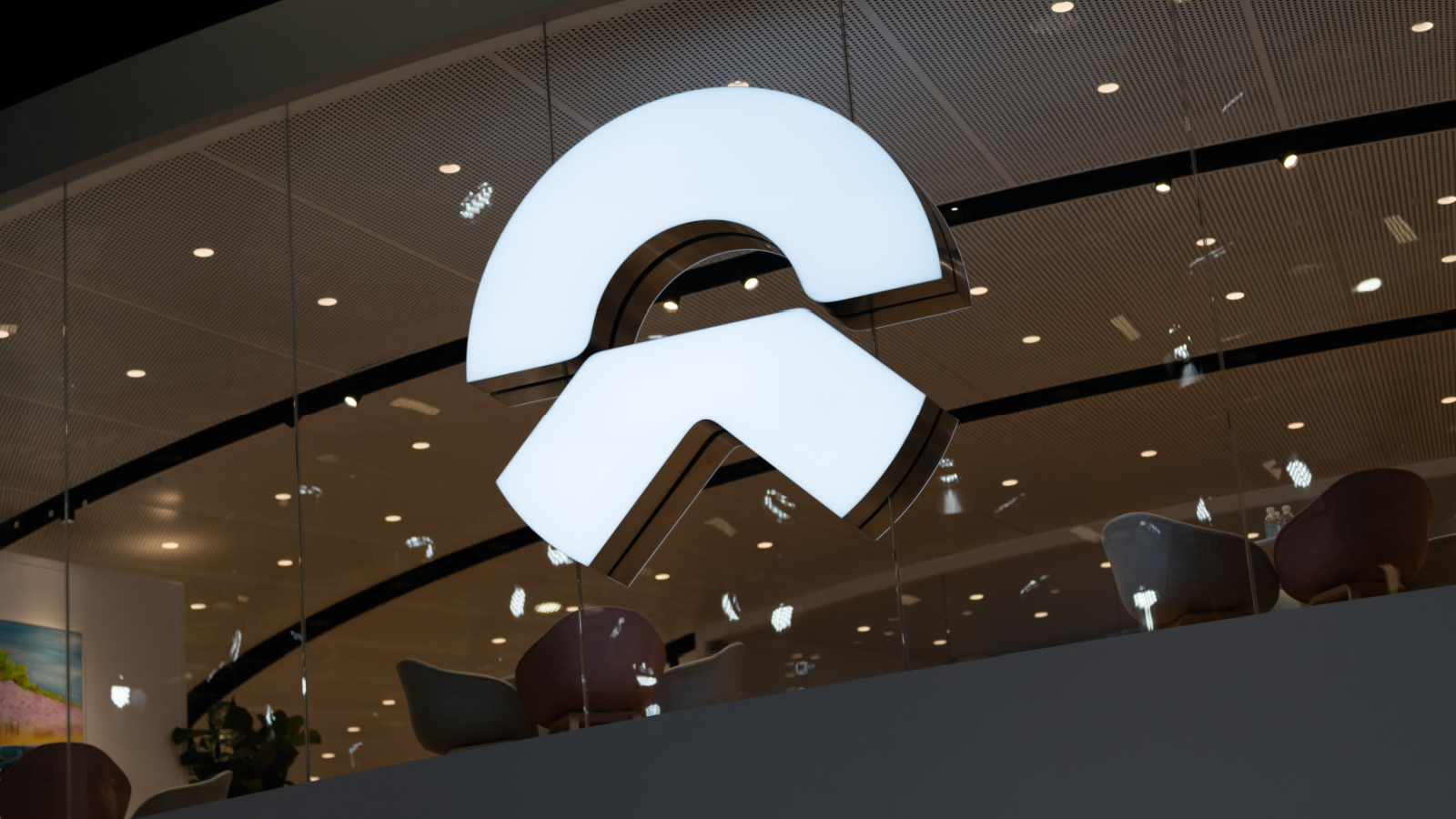
The price war underway in the electric vehicle market is good for no one but especially not for Nio (NYSE:NIO) stock. Operating losses continue to expand as it continues to sell more vehicles at lower prices.
Although lower starting prices should attract more buyers, it’s already the case Nio is losing money on every car it sells. Reducing the amount of money coming in even more will only exacerbate the situation. It’s not alone, though, as many EV companies are already standing on their last legs.
Fisker (OTCMKTS:FSRN) teeters on the brink while Lucid Group (NASDAQ:LCID) may not be far behind. An industry shakeout is on the horizon with many of the weakest players likely to go under.
Yet Nio has a unique competitive advantage unavailable to other EV stocks. It should instead focus on that part of its business rather than participate in the mutually assured destruction war games EV stocks are waging.
A Closer Look at Nio Stock
Nio’s battery-swapping service could relieve concerns consumers have about travel range and time to charge. Going to a battery swap station to have an EV’s batteries replaced with fresh ones could be what lets Nio thrive.
Think of it as a Blue Rhino propane tank service for cars or a Jiffy Lube for batteries. You drive in, get a quick change with a fresh set of batteries, and be on your way. No need to plan a circuitous road trip to make sure there is a charging station is on your route.
Just drive to the nearest swap center and in less time than it would take to fill your tank with gas, you have a fully loaded new power pack.
It also eliminates one of the hidden issues few EV owners think about when buying a new car: the cost of replacement when the existing battery bank dies. Used EVs won’t have battery packs that last as long as 10 years.
Battery life also depends on how often a battery is charged, whether it was driven in cold or warm climates (colder weather will wear down a battery faster) and more.
The cost to replace the batteries can run anywhere from $7,000 to $30,000. EV owners will receive massive sticker shock when the bill comes due. A battery swap eliminates that cost or at least reduces it to a much smaller and manageable expense. At a cost of around $100 per month, it is the more affordable option.
The Road Growth
Nio buys most of its batteries from Contemporary Amperex Technology, also known as CATL. It is the largest battery maker in China and together with Nio they are working on creating a new, longer-lasting battery.
Yet Nio is not yet profitable on its battery service, though it holds the promise of one day becoming so. Nio charges a subscription fee for the battery-as-a-service feature, which gives it a steady stream of recurring revenue.
EV owners might not understand the value in the business initially but is one that should resolve itself over time.
The biggest problem for Nio is the lack of standardization in battery design. Different EV makers have different batteries. For Nio to provide a more cost-effective solution for itself and its customers, a standardized system is needed to streamline inventory costs.
Do One Thing Well
Nio has invested heavily in battery swapping infrastructure with 2,382 stations in operation. Although it has been criticized for investing money in what some see as a costly network, the BaaS business provides a roadmap for a profitable future.
It eliminates the need to manufacture electric vehicles altogether. By doing one thing and doing it well, Nio stock could be a winning investment.
Until then, though, Nio stock remains one to avoid. Fighting battles on two fronts will only lead the EV maker to lose the war for both.
On the date of publication, Rich Duprey did not hold (either directly or indirectly) any positions in the securities mentioned in this article. The opinions expressed in this article are those of the writer, subject to the InvestorPlace.com Publishing Guidelines.




















